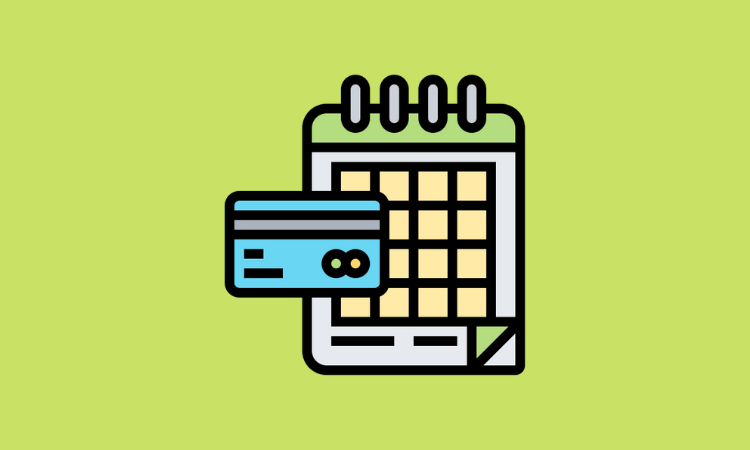BNPL, Partner
How financial institutions can design a balanced BNPL solution
- Current BNPL solutions have been better at facilitating the "buy now" part than fulfilling the "pay later" aspect.
- Financial institutions have access to valuable insights that they can use to better understand consumers and tailor BNPL solutions to their specific needs.








